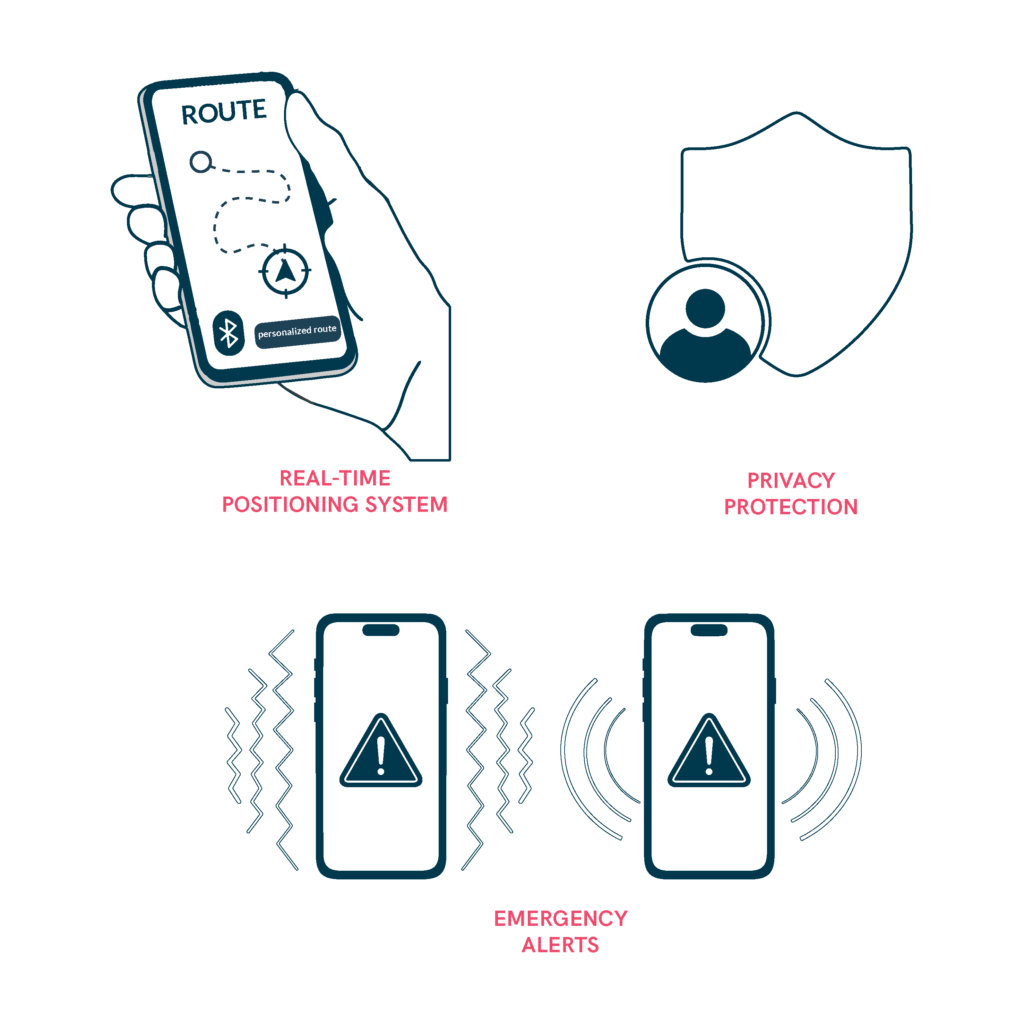Indoor Assistive Technologies
Navigating large indoor spaces, such as malls, hospitals, and transit hubs, can be challenging for individuals with disabilities. Sensor-based assistive technologies provide location-aware guidance, emergency alerts, and personalized navigation through smart devices. These systems can improve safety by detecting falls, obstacles, or user distress while ensuring privacy protections. Integrating such technologies into buildings enhances independence and overall accessibility for all users.

- Implement real-time positioning systems to assist users in navigating large buildings.
- Use Bluetooth and smart devices to provide personalized assistance when needed.
- Ensure privacy protection by limiting the collection and sharing of sensitive data.
- Enable emergency alerts for users in distress, such as fall detection and assistance requests.
- Continuously improve navigation accuracy using machine learning and user feedback.
Sources
- https://accessible-eu-centre.ec.europa.eu/content-corner/digital-library/en-172102021-accessibility-and-usability-built-environment-functional-requirements_en
- https://www.access-board.gov/adaag-1991-2002.html#2.%20GENERAL
- https://universaldesign.ie/built-environment/building-for-everyone/building-for-everyone-full-series
- https://www.codigotecnico.org/pdf/Documentos/SUA/DccSUA.pdf
- Carers
- Children
- Cognitive
- Cognitive abilities
- Decolonial perspective
- Digital
- Digital barrier
- Enviroment
- Environmental
- Gender and generations
- Gender perspective
- Hearing impairment
- Low-education
- Low-income
- Older people
- Other
- Physical abilities and features
- Sensory and Physical
- Socioeconomic
- Visual impairment